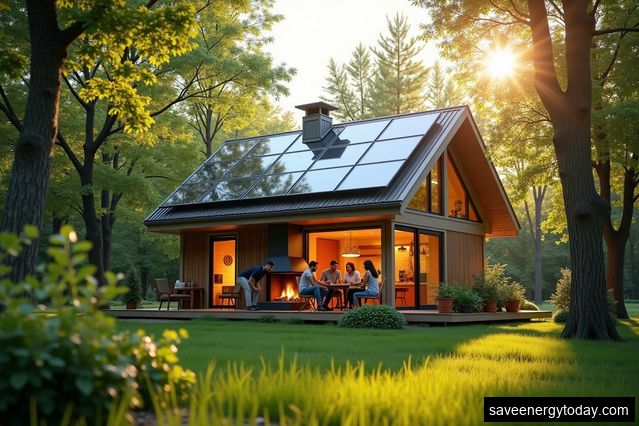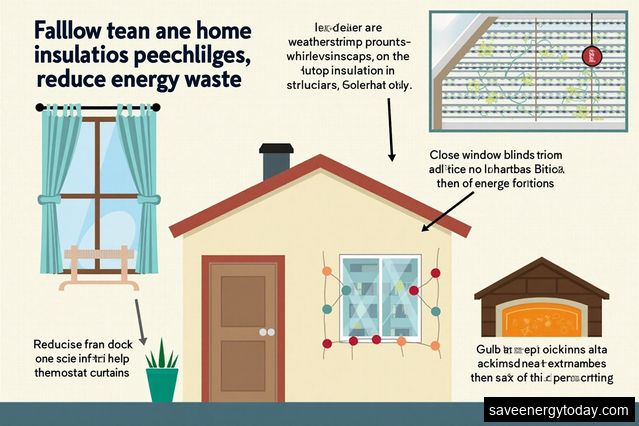Understanding the Importance of Home Insulation
Home insulation plays a crucial role in maintaining a comfortable and energy-efficient living space. Proper insulation helps to minimize the transfer of heat between the interior and exterior of your home, reducing the need for excessive heating and cooling. By improving your home insulation, you can significantly reduce energy waste and save on your utility bills.
Insulating Your Attic
One of the most effective ways to enhance your home's insulation is by insulating your attic. The attic is often a major source of heat loss in a house, especially if it is not adequately insulated. Begin by sealing any gaps or cracks in the attic floor to prevent air leakage. Next, consider adding insulation to the attic floor or roof, depending on your climate. Properly insulating your attic can significantly reduce heat transfer and improve energy efficiency.
Sealing Air Leaks
Air leaks are a common cause of energy waste in homes. These leaks allow conditioned air to escape and outdoor air to enter, resulting in increased energy consumption. To reduce air leaks, start by inspecting your home for gaps and cracks around windows, doors, and electrical outlets. Seal these gaps using weatherstripping or caulk. Additionally, consider installing door sweeps to prevent air leakage under exterior doors. By sealing air leaks, you can improve the overall insulation of your home and enhance energy efficiency.
Insulating Exterior Walls
Insulating exterior walls is another effective technique to minimize energy waste. If your home has cavity walls, you can inject insulation material into the gaps between the inner and outer walls. This insulation material helps to reduce heat transfer and maintain a comfortable indoor temperature. If your walls are solid, consider adding an insulating layer on the interior or exterior surface to improve energy efficiency.
Upgrading Windows and Doors
Old and inefficient windows and doors are major contributors to energy loss in a home. To improve insulation, consider upgrading to energy-efficient windows and doors. Look for products with a high energy efficiency rating and features such as double or triple glazing and low-emissivity coatings. These features help to reduce heat transfer and maintain a consistent indoor temperature. Upgrading windows and doors not only enhances insulation but also adds value to your home.
Using Window Treatments
In addition to upgrading windows, utilizing window treatments can also enhance insulation. Install blinds, curtains, or shades to provide an extra layer of insulation and prevent heat loss during cold weather. During the summer months, these window treatments can help to block out solar heat, reducing the need for excessive cooling. Choose window treatments with insulating properties to maximize energy savings and improve home comfort.
Insulating Floors and Crawlspaces
Insulating floors and crawlspaces can contribute to overall energy efficiency. If your home has a crawlspace, ensure it is properly insulated and sealed to prevent cold air infiltration. Insulating the floors above unheated areas, such as garages or basements, can also help to minimize heat loss. Use insulation materials specifically designed for these areas to maximize energy savings and improve comfort.
Utilizing Insulated Doors
Installing insulated doors in areas such as garages or basements can further enhance insulation in your home. Insulated doors provide an extra layer of protection against heat transfer and outdoor elements. These doors are designed to minimize energy waste and maintain a comfortable indoor temperature. Consider replacing old, uninsulated doors with energy-efficient options to improve insulation and reduce energy consumption.








